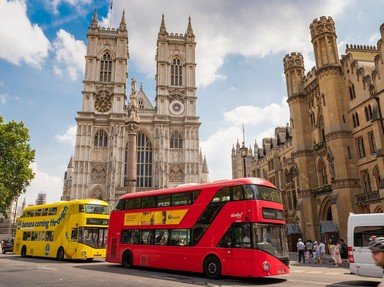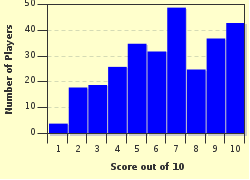Quiz Answer Key and Fun Facts
1. Greenwich is a centre of science, culture, royalty, history and the maritime world, but its worldwide recognition nowadays is due to GMT and its synonymity with time. What does GMT stand for?
2. The establishment of GMT and the Prime Meridian is directly due to the stationing of the Royal Observatory and the Astronomer Royal in Greenwich Park. Sir Christopher Wren designed the original building but it bears the name of the first Astronomer Royal. Who was he?
3. The construction of the observatory at Greenwich was due to the pressing need to find a solution to the problem of longitude. A prize was offered to anyone who could solve the problem. Despite the best efforts of the Astronomers Royal, it was not an astronomer who provided the solution but an horologist, whose marine chronometer, H4, met the requirements to claim the longitude prize. What was his name?
4. Greenwich's journey from obscure fishing village to world famous tourist destination could not have happened were it not for royal favour. Though its royal connections can be traced back to before the time of William the Conqueror, who was the first monarch to be born in Greenwich?
5. Greenwich is the UK's centre of maritime heritage. In 1954, The Cutty Sark, a tea clipper preserved as a museum ship, was moved to dry dock in Greenwich; ever since she has been a popular tourist attraction. Unfortunately, in May 2007, when undergoing conservation work, the Cutty Sark was badly damaged. What was the cause of the damage?
6. Another ship that was docked in Greenwich until 2004 was the Gypsy Moth IV. In 1967 it had been the vessel used to make the first solo West to East circumnavigation of the globe. Its sailor, on his return to the UK at the end of his voyage, was knighted for his endeavours in the main square at the Royal Naval College in Greenwich. Who was he?
7. The most striking edifices in Greenwich can be found by the waterfront. The Royal Naval Hospital now houses the University of Greenwich but was originally founded in 1694 as a rest home for former members of the Navy. Who was the architect who was commissioned to design these magnificent buildings?
8. Nowadays there is little traffic on the river through Greenwich except for tourist boats. But if you had stood by the riverside on a windy January morning in 1806, you would have seen a huge flotilla wreathed in black leave Greenwich to accompany the body of a British hero, killed in battle three months previously, from its lying-in-state to its final resting place at St Paul's Cathedral. Whose body was it?
9. In 1902 the Greenwich Foot Tunnel was opened. At 370 metres long and running under the River Thames, the tunnel links Greenwich to Island Gardens, a park built to preserve the views of the Queen's House and The Royal Hospital. This view from across the river was immortalised in an 18th century painting, 'Greenwich Hospital from the North Bank of the Thames'. Which artist painted it?
10. In 1994 it was decided to build an exhibition to commemorate the end of the millennium. After a protracted bidding period it was decided to host the exhibition in Greenwich and to erect a building specifically for the purpose. What shape was the building that was constructed?
Source: Author
Snowman
This quiz was reviewed by FunTrivia editor
bloomsby before going online.
Any errors found in FunTrivia content are routinely corrected through our feedback system.

